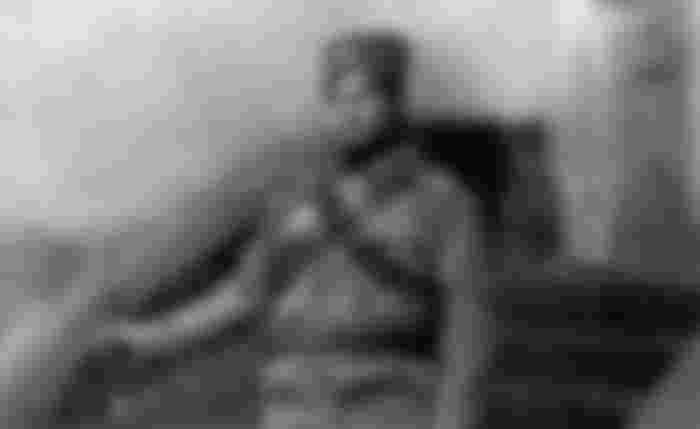Milunka Savić was a Serbian heroine of the Balkan Wars and the First World War. She was wounded nine times, and because of her immeasurable courage, the French called her the Serbian Jovanka Orleanka. She is remembered as the woman with the most decorations in the history of war.

Milunka Savić was born on Vidovdan, June 28, 1890 (or 1892) in the village of Koprivnica near Novi Pazar. After the Decree on mobilization was published in October 1912, Milunka decided to come to the aid of the homeland. As the army did not accept women, he resolutely went to Belgrade with his hair cut and his breasts tied and reported under the name Milun Savić. She fought for almost a year disguised as a man, and her gender was discovered by paramedics when she was wounded in the Battle of Bregalnica.

In 1914, Austria-Hungary declared war on Serbia and Milunka volunteered to serve her homeland. In the Great War, she stood out as a part of the famous Iron Regiment. In the Battle of Kolubara, she showed exceptional ability as a bomber, and there she received Karadjordj's star with swords for multiple heroism. In the fall of 1915, she was severely wounded in the head in Macedonia, and thus injured, she retreated across Albania, only to return to the Thessaloniki front after a few months of recovery and take part in the battles for freedom. A particularly interesting fact is that in the battle on the Black River, she managed to capture 23 Bulgarian soldiers on her own. For her bravery, Milunka was awarded the highest decorations, among which are two French orders of the Legion of Parts and the Miloš Obilić medal. She is the only woman in history who was awarded the French Order of the Cross of War with a golden palm tree.

After the war, her life took her to Bosnia, where she worked as a cook, nurse and controller in a military equipment factory. In addition to her daughter, she raised three other girls whom she adopted. Milunka moved with her children to Stepanovićevo near Novi Sad, where she received property from the state and built a house. Knowing that it would be difficult to educate children in such a small environment, she went to Belgrade, where on the initiative of her comrades in 1929, she got a job as a cleaner at the Mortgage Bank, where she spent most of her working life. In addition to her children, she managed to educate thirty poor children from her native Koprivnica with a small salary. Although she did not spend the Second World War at the front, Milunka Savić founded a small hospital in Voždovac where she treated the wounded. It is said that she was in the camp in Banjica because of that hospital, but her grandson claims that it is a fabrication. After the war, in 1945, she retired.

Unlike the country she was fighting for, France did not forget this heroine, so she was offered to move there and receive a military pension, but she refused. She spent her old age in a small, dilapidated house in Voždovac, and was occasionally visited by war veterans, both domestic and French. She passed away on October 5, 1973, after three possible strokes. Milunka Savić was buried in the family tomb, and only in 2013, on the initiative of the History Museum of Serbia, her remains were transferred to the Alley of the Greats at the New Cemetery.






Wow